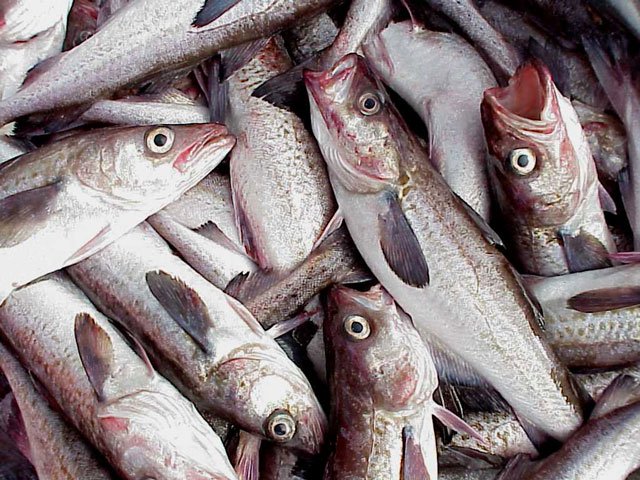A reduced pollock harvest in Russia, decreased production of tropical surimi, and an increased demand for fillets, roe and surimi worldwide will drive demand northward for Alaska pollock throughout 2018.
“Demand is good in all of our product forms,” said Pat Shanahan, program director of Genuine Alaska Pollock Producers, in Seattle. “The fish have been of good size, and that allows for a lot of flexibility in product forms.”
Early in the season, trawlers reported good roe production in terms of quality and content. The bulk of the product continues to funnel through markets in Japan, with the remaining volume going to Korea.
“The roe season went pretty well,” said Marc Wells, GAPP board president and vice president of sales and marketing with Arctic Storm Management Group, in Seattle.
Surimi markets that have strengthened during the past few years grew even stronger in 2018. With production down in the Philippines, Thailand and elsewhere around the globe, demand for Alaska product is on the rise. New product forms have taken root in response to changing consumer needs, and the quality of the product has increased, according to Wells.
“[The market] is short, and the price keeps going up,” said Wells. “The surimi market will continue to strengthen.”
But the brightest spot on the Alaska pollock front would be the resurgence in demand for fillets.
“The fillet market had really been in the dumpster for the last couple of years,” said Jim Gilmore, public affairs director with the At-Sea Processors Association, in Seattle. “But now, it seems like the market is coming back.”







